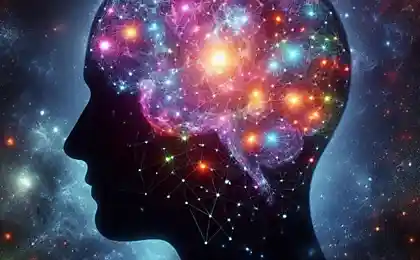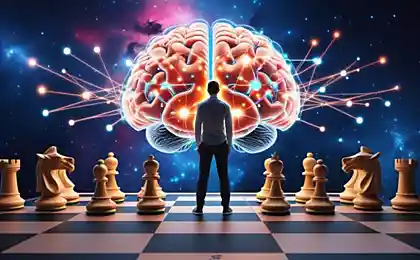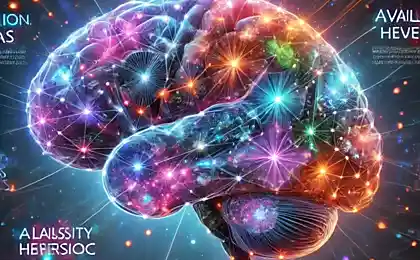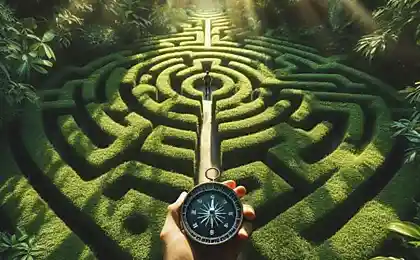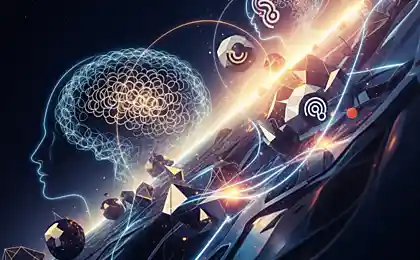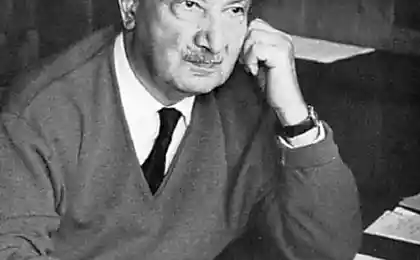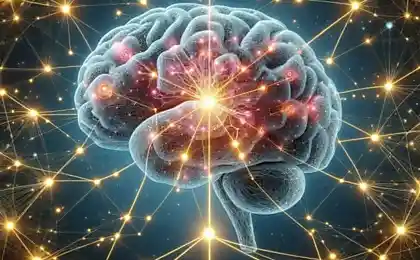236
How to make quick and better decisions

We make dozens of decisions every day, from breakfast choices to strategic career choices. Paradoxically, long thinking often leads to worse outcomes. Instead of crystal-clear logic, we are plunged into a parallel world of infinite what-ifs, where rationality gives way to anxiety and cognitive distortions. How can you learn to make quick and high-quality decisions without painful reflection?
Why Long Thinking Can Hurt Quality
Research by neuroscientists proves that the brain is not designed for long-term analysis. After a certain time (usually 30-90 minutes of active thinking), cognitive exhaustion occurs. Neural networks become overloaded, and we begin to make more mistakes, fixate on the details, and lose sight of the main thing.
Prolonged thinking activates the amygdala, the anxiety center in the brain. This triggers a cascade of stress responses that block access to the prefrontal cortex, the area responsible for rational thinking. As a result, the longer we think, the more irrational our conclusions become.
According to the research of psychologist Barry Schwartz, the author of the concept of the “paradox of choice”, people who spent a lot of time making a decision are more likely to regret their choice, even if objectively it was successful. Our brains have time to draw too many alternative scenarios, and any choice seems like a compromise.
The Science of Fast Decisions: Optimal Strategies

Neuroscientists and psychologists have identified several effective approaches to making quick and high-quality decisions. These strategies use the natural mechanisms of the brain, not contradict them.
1. Time-limitation method
Parkinson’s Law says, “Work fills the time allotted to it.” Similarly, the solution is stretched out for all the time available to it. Studies show that setting a clear time frame (usually 30-60 minutes) causes the brain to focus on the really important aspects and cut off the secondary ones.
Practical tool: Pomodoro technique for decision making. Set aside 25 minutes to gather all the information you need, take a 5-minute break, then use the next 25 minutes to formulate a solution. After that, take action.
2. Two-list method
Create two lists: Minimum Requirements and Desirable Features. In the first, include only absolutely necessary criteria, without which the decision is unacceptable. In the second, everything else. Rate the options first on the first list (discarding the inappropriate), and then choose the best on the second.
3. Principle 70/40
Former U.S. Navy Special Operations Director Joko Villinck suggests that “Make a decision when you have 70% of the information you need and 40% of the confidence.” The expectation of complete information and absolute certainty is counterproductive – such conditions almost never occur.
4. Preliminary decision method
Psychologists recommend making a “preliminary” decision immediately after getting acquainted with the situation, on an intuitive level. Then check it with rational analysis. This approach allows you to use both fast intuitive thinking (System 1 according to the theory of Daniel Kahneman) and slow analytical thinking (System 2).
Practical techniques to overcome indecision
Recent research in neuroplasticity demonstrates that rapid decision-making can be developed through regular practice. The brain adapts to form new neural connections, and over time the process becomes more natural and less energy-intensive.
Three-issue technique
To overcome analytical paralysis, ask yourself three key questions:
- What are the real (not imagined) consequences of a wrong decision?
- Is this decision irreversible or can it be adjusted?
- What do I lose by delaying my decision?
WRAP algorithm for complex solutions
Brothers Chip and Dan Heath in their book Thinking Traps suggest a four-step process:
- Widen options – make sure you consider enough alternatives.
- RREality-test assumptions: Look for objective data instead of subjective guesses.
- ATtain Distance: Imagine advising a friend or looking at a situation a year later.
- P.Prepare to be wrong – think about a plan in case of failure.
When we think about a solution for a long time, our brains gradually become dehydrated and less flexible and creative. Psychologists recommend a rehydration strategy:
Stop the process of thinking for 10-15 minutes and engage in physical activity (walking, exercise). This enhances blood circulation in the brain and restores cognitive flexibility. Then come back to the problem of “refreshing” perception.
Tools for different types of solutions

Different types of solutions require different tools. Consider the best approaches for three categories.
Prompt decisions (immediate response required)
Here, a pre-prepared mental algorithm plays a key role:
- Use the technique of preliminary scenarios – think in advance of typical situations and solutions for them.
- Rely on intuition, but only in your field of expertise.
- Apply the “least harm” rule – choose an option with minimal negative consequences.
Structured methods are effective here:
- The Eisenhower Matrix (importance/urgentness) for prioritization.
- Weighted assessment method – assign weight to each criterion and evaluate the options.
- The “5 Why” technique to identify the root causes of the problem.
For such solutions, deeper methods are suitable:
- Perform a “pre-mortem” – imagine that the decision led to failure, and analyze the reasons.
- Use the 10/10/10 method to see what the solution will look like in 10 minutes, 10 months and 10 years.
- Engage a red team – a group of people who will deliberately look for flaws in your solution.
Long thinking often activates cognitive distortions – systematic thinking errors. Paradoxically, the more we think, the more these distortions affect us.
The main cognitive traps in decision-making:
- Confirmatory displacement The tendency to seek information that confirms our beliefs.
- Avoidance of losses Fear of loss affects us more than desire to acquire.
- The illusion of control Overestimating our ability to influence results.
- Anchor effect excessive reliance on the first information received.
- Intentionally look for disproving information.
- Formulate the opposite of the preferred solution and find arguments in its favor.
- Document your thoughts and reasoning to analyze the logic later.
Effective decision-making is a balance between intuition and rational analysis. Our brains are designed in such a way that the initial intuitive response often contains valuable information, but requires verification. The optimal approach can be described by the formula:
1. Limit the time to make a decision.
2. Trust the initial intuitive response.
3. Test it quickly with structured analysis.
4. Make a decision and act.
5. Extract lessons and adjust the course if necessary.
Remember, in most cases, a good decision made quickly is better than a perfect decision made too late. Excessive analysis creates parallel worlds of possibilities in which it is easy to get lost. But reality is only one, and it requires action, not endless reflection.
Glossary
Cognitive exhaustion
A state of mental fatigue that occurs after prolonged intellectual work. It is manifested by a decrease in the ability to concentrate, a deterioration in the quality of decisions made and a slowdown in thought processes.
Almond-shaped
The almond-shaped area of the brain responsible for emotional reactions, especially fear and anxiety. Activation of the amygdala can block rational thinking.
Prefrontal cortex
The frontal lobes of the brain responsible for planning, decision-making, impulse control and other higher cognitive functions.
The paradox of choice
A psychological phenomenon in which a large number of choices lead to anxiety, stress and make it difficult to make a decision instead of making it easier.
System 1 and System 2
The concept proposed by Daniel Kahneman. System 1 is fast, intuitive, automatic thinking. System 2: Slow, analytical, effortful thinking.
Neuroplasticity
The ability of the brain to change its structure and function in response to experience, learning, and external influences. It allows you to develop new skills, including the ability to make quick decisions.
Analytical paralysis
A condition in which a person is unable to make a decision due to excessive analysis of the problem and fear of making the wrong choice. It leads to inaction and missed opportunities.
Cognitive distortions
Systematic errors in thinking that affect decision-making and judgment. Includes confirmation bias, loss avoidance, anchor effect, and other psychological phenomena.
6 household habits that can cost you dearly
Ergie Bardhollari: The phenomenon of the humble star of modeling
